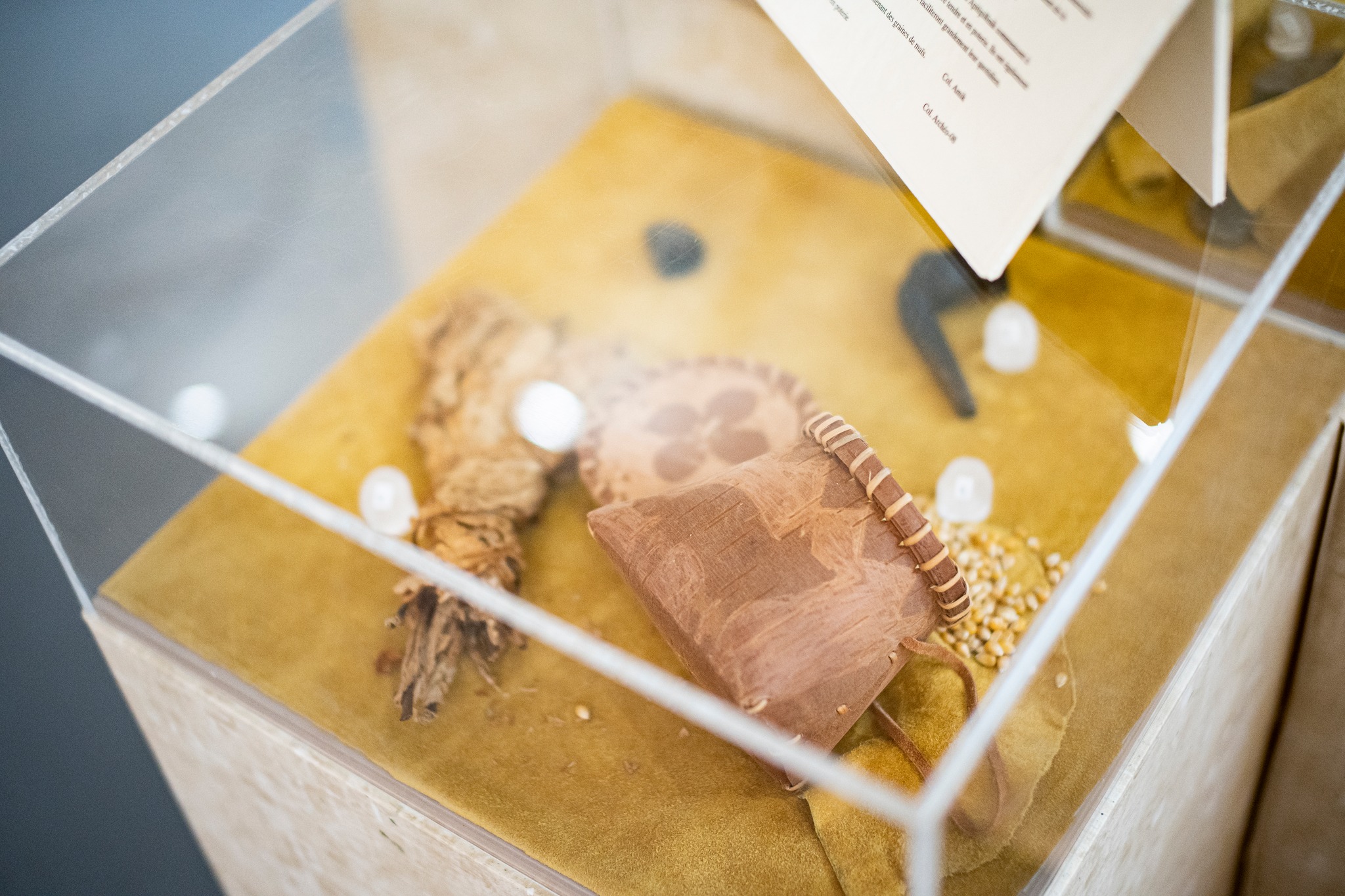Why is it that a cold snap striking Abitibi-Témiscamingue makes news headlines, but when a snowstorm hits the entire province, it’s as if our region has never existed? It’s public knowledge: you need only to say "biting cold" and an image of Abitibi-Témiscamingue springs to mind. I often feel that people think that we survive the winter, when in fact we know how to enjoy it.
[caption id="attachment_940" align="alignnone" width="576"]
 Photographe : Hugo Lacroix[/caption]
Photographe : Hugo Lacroix[/caption]
Abitibi-Témiscamingue is a paradise for snowmobile fans, plenty of snowshoeing trails providing an overdose of fresh air to revive tired eyes from hours in front of cathode screens, cross-skiing trails skirting frozen bodies of water, 22,000 lakes where to enjoy an afternoon skating or a hockey game among friends, dog-sledding excursions, a memorable odyssey in the heart of the boreal forest, etc. Winter camping is always a promise of an incredible adventure: a night in a tent, an igloo, a tee-pee or a yurt, wrapped into the warmth of a fire. With a little luck you may see aurora borealis make a late night performance. Rosy cheeks, orange sky, colorful suits, winter in Abibiti-Témiscamingue is not in black and white.
We celebrate winter with enthusiasm (Fête d’hiver de Rouyn-Noranda, La Sarre en neige, Carnaval d’hiver de Lorrainville, Magie des neiges d’Amos, Hiver en fête de Val-d’Or, Festival du poisson d’Angliers, la Fête d’hiver de Guérin, Carnaval d’hiver de Dupuy, etc.). No, winter is not a time to hibernate.
[caption id="attachment_948" align="aligncenter" width="560"] Fête d'hiver de Rouyn-Noranda[/caption]
Fête d'hiver de Rouyn-Noranda[/caption]
We live in a northern region. No wonder our winters are cold. But is the difference in temperature with urban centers in Quebec as drastic as they say? I often hear people say: "It seems that -30 Celsius in Abitibi-Témiscamingue is not as cold as -15 Celsius in southern parts of the province". I did my studies in Montreal and Ottawa, and I used to believe that too. There must be a scientific explanation to this, right?
So I called meteorologist André Cantin (Environment Canada) to establish the facts. According to Cantin, there are two words to explain this phenomenon: humidity and wind. Because there is very little humidity and wind at -30 or -35, it’s easier to protect oneself from the cold. The temperature is much more tolerable. At -15, there is more humidity in the air. (The level of humidity is higher in the regions located near St. Laurence River.) Humidity makes us shiver because it passes through clothes. And there is more wind, which ices our face. If -15 feels unbearable for our neighbors, just imagine what they think of our region when the weather channel announces that the weather has dropped to -35 in Abitibi-Témiscamingue. No wonder they think of us as survivors. But let’s be honest: it doesn’t get that cold every morning. As my good friend Stéphane would say, warm and hospitable people are not afraid of the cold.
So let us put things into perspective. To those who wonder how we can make it through a day at -30, remember this: we dress warmly. It’s as simple as that! When I was a teen and complained about the cold but still didn’t want to wear a hat and mittens, my mom used to say: "There’s no such thing as bad weather – just poor clothing!" She was right. So put on your hat, mittens, scarf, winter suit and furry boots. Enjoy the winter!!!!!!














